Marketing Automation landscape in 2024
The year that was 2023 whizzed past us like a falling star leaving behind a trail of breadcrumbs. Breadcrumbs that point to the emerging world of marketing automation and portend a taste of things to come in 2023. For the first time since the outbreak, COVID is fading out of conversations that are happening in the world and, more importantly, in the world of marketing.
We at WebEngage think 2024 is going to be a fruitful year for marketing automation, and we are not alone. Many like us confidently feel so, as the global spending on marketing automation inches closer to $25 Billion this year.
A bit closer to home, we also saw the marketing automation industry grow considerably amid increasing demand from businesses all over the globe to automate their marketing workflows and be able to better engage and retain their users. We bring you 10 marketing automation trends for 2023.
This year, the marketing automation software market is expected to grow at 8.55%, unlocking a market capitalization of US$ 6.4 billion by 2024. More than 51% of companies are using marketing automation already, while over 58% of companies are planning to adopt it.
Download eBook – How To Choose The Best-In-Class B2C Marketing Automation Platform
2023 will be all about creating unique holistic experiences that make users feel super-connected, and marketing automation is expected to catalyze these sweeping changes.
So, without further ado, here are the top trends that will influence and dominate the marketing automation landscape this year.
- Marketing Automation will continue to grow in 2024
- Hyper-personalized content will reign supreme
- The rise of Generative AI and Reinforcement Learning
- Chatbots that talk the talk and walk the walk
- Spark conversations with Conversational Marketing Automated Social Media Marketing
- Social Media Automation to win over GenZ
- Lifecycle Marketing using Predictive Customer Lifetime Value
- Customer Retention is going to be critical for business growth
- Mobile Marketing Automation: Trump card or Achilles’ heel?
- Omnichannel Marketing will dominate
1) Marketing Automation will continue to grow in 2024
The stats discussed above clearly emphasize the growth of marketing automation in 2023. And it could be down to a straightforward reason – an increasing number of marketers are beginning to realize the value and potential of marketing automation, which is increasing their investment in MarTech.
Here are some stats that should make your eyes pop out.
Opportunities
- 80% of marketers saw a surge in leads after using marketing automation.
- According to a study, spending on marketing automation tools will snowball, reaching $25.1 billion annually by 2023.
- The same study also stated that 75% of marketing professionals already use at least one type of marketing automation tool in their strategy. Other businesses can try to emulate tactics deployed by market leaders to achieve similar levels of success.
- Marketing automation has come to be recognized as an essential tool for improving bottom-line growth, with over 70% of Indian marketers using it primarily for improving their lead conversion rate.
Caveats
Securing a sizable budget and creating a sound strategy will be dodgy as some decision-makers might be divided over the idea. Some marketers continue to associate marketing automation platforms with high-maintenance, complex systems that are hard to master.
2) Hyper-personalized content will reign supreme
The need for individualized content is not surprising today, but in the communications brands send, you’d still find a lack of personalization in most of them. And when you look at the numbers in support of it, you’d be hard-pressed to understand why?
In 2023, context and precision marketing will be your strategy’s secret sauce. Consumers are demanding relevant experiences from the brands with whom they interact. They expect brands to know their tastes and preferences to develop intelligent product recommendations worth their while.
Opportunities
- By combining social listening, user attributes, on-site behavioral attributes, and purchase history, marketers can formulate a highly accurate customer profile.
- Understanding user preferences and buying habits will help brands move beyond segmentation, personalization and enter the realm of hyper-personalization & predictive recommendations.
- Personalized content will be the main ingredient in a brand’s retention marketing efforts. It can help brands rack up their customer loyalty index to ensure businesses don’t lose to their competition.
Caveats
Creating and executing hyper-personalized campaigns at scale for a massive user base will be the real challenge. Getting the catalogs right is paramount. Marketing Automation platforms that integrate seamlessly with online businesses and collect user data at various points will be instrumental by letting companies personalize large-scale campaigns.
3) The rise of Generative AI and Reinforcement Learning
The rise of generative AI has ushered in next-gen machine learning models like ChatGPT, a text-first sentient chatbot, along with image-based tools like Dall-E- and Mid Journey, and upended the way AI and machine learning are seamlessly woven into our day-to-day tasks. Predictive Segmentation is going to be the rage this year. AI can power intelligent send-times for better engagement. Netflix and Starbucks are already amping up workflows powered by recommendation engines that use AI + machine learning to create hyper-personalized customer experiences. AI won’t replace you, but the brands that use AI will.
Opportunities
- In 2023, marketers will use machine learning in content creation and distribution. Machine learning and data will work together to boost engagement accuracy.
- Once a user clicks an ad, the underlying user and behavioral data will be consumed by machine learning systems and used in future campaigns and touchpoints as the user progresses.
- Similarly, AI-assisted platforms will multiply and leverage technologies like natural language processing (NLP) & deep learning to automate the study of user behavior, online activity, and understanding speech and language patterns to create detailed user personas.
Caveats
A commercially viable all-in-one sentient AI that prevents death by tools and solves complex enterprise-level issues like data silos is still in the works. Larger brands have the human resources and financial muscle to create proprietary smart assistants, but other businesses will have to wait before they find a simplified plug-and-play system. If you know of a disruptive tool we are not privy to, please drop a word in the comments below.
4) Chatbots that talk the talk and walk the walk
In the coming years, Chatbots will play a crucial role in customer service and engagement. Chatbots will become smarter and will be capable of behavioral recommendations in the future, along with deep integration with third-party software.
Opportunities
- Over 54% of respondents in this study preferred engaging with a brand via a chatbot and not an app. The potential for user engagement is massive, provided the chatbots are intelligent enough to hold up a meaningful conversation with multiple users.
- Messaging platforms like Meta Messenger and WhatsApp have had massive success with chatbots with third-party integration from brands. According to research, over 60% of users who received a chatbot ping on Messenger engaged with the message.
- When WhatsApp embraced chatbots with open arms, it sparked limitless possibilities for brand-user interaction. With 2 billion active MAUs, this is a juicy opportunity for businesses big and small.
- With 3.2 billion messaging app users expected in 2023, the market potential for chatbots is enormous. It is too big a number for marketers to ignore, and chatbots are an excellent tool for tapping into it.
- To say that chatbots can help a business is an understatement. 47% of consumers are open to buying items through a chatbot.
Caveats
The very thing that differentiates chatbots also makes them infuriating – the human touch or its lack thereof. Chatbots are essentially human-trained computer programs taught to understand and mimic human conversation. Chatbots can optimize transactional workflows but still struggle to understand contextual conversations and, therefore, customer perspective. Their inability to provide depth and lack of empathy can be improved through models like reinforcement learning, but that’s a discussion for another day.
Bonus Read – 10 Reasons Why Your Business Needs Marketing Automation
5) Spark conversations with Conversational Marketing
To succeed at marketing automation in 2023, it’s important to adopt a conversational approach to your content. Your company can use conversational AI to guide clients through the sales and marketing processes to improve conversions smoothly. By incorporating natural language processing (NLP) in your messaging, you can create automated responses that sound more natural and sincere. NLP enables human speech comprehension, resulting in more personalized and engaging interactions with your audience. It is imperative for businesses to engage in two-way communication with customers instead of traditional one-way methods. Chatbots can facilitate this by providing 24/7 personalized conversations with customers without entirely replacing human employees. However, it’s essential to remember that customers are increasingly savvy, so it’s important to implement best practices when using chatbots for conversational marketing.
Opportunities
- 80% of businesses reported increased customer satisfaction from using chatbots for customer service.
- 62% of consumers prefer to talk to a chatbot over human agents to resolve their queries.
- 89% of consumers might make another purchase following a pleasant customer service experience.
- 79% of companies say that a conversational marketing chatbot has yielded favorable results for customer loyalty, sales, and revenue.
- 47% of consumers would be open to relying on a conversational marketing chatbot to make a purchase.
Caveats
Customers often have difficult inquiries, but AI is currently limited in its ability to address a wide range of them. Utilizing a chatbot that robotically repeats the same question can lead to a poor customer experience. Sentiment analysis is another way to resolve such issues but it has its own limitations. It’ll be a while before sentiment analysis matures so it can be flawlessly incorporated. Companies that embrace automation and adapt to the current technological advancements will likely see significant benefits in the year 2023.
6) Social Media Automation to win over GenZ
In 2023, the average screen time on social media is expected to rise from seven hours and 50 minutes in 2020 to over 8 hours. Brands are eyeing an even bigger sizable piece of your social screen time in 2023. The intelligent automation of social media marketing will be on the agenda as brands try to reach out to the right audiences with the right messages at the right time, all while on autopilot.
Opportunities
- 2022 saw the birth of the creator economy.
- Instagram rolled out a scheduling feature where users can schedule a photo, video, carousel, or reel 75 days in advance.
- Organic efforts will continue to fructify across TikTok, Instagram, Facebook, and Twitter (if it doesn’t implode). As far as paid efforts go, brands will try to maximize ROI by optimizing their social media marketing budget to engage and convert more. Social media retargeting aided by lookalike audiences will constitute a large chunk of a brand’s marketing automation strategies.
- The Gen Z population is growing, and so is their purchasing power. With time, they will rival millennials’ spending potential. Brands must prepare a targeted social strategy for this generation because they spend long hours online.
- 2022 witnessed a significant rise in social media budgets for brands and will keep doing so well into 2023 and beyond.
- Content creation, repurposing, and distribution remain the heart of the creator economy.
- Short-form videos will dominate social media. Social video advertising increased by 130%, which will urge several brands to look towards video as an effective social engagement tool.
Caveats
With an array of automation tools at your disposal comes an array of challenges. For example, scheduling posts can go awry, given the huge margin of errors. Losing the human touch, server overloads, missed opportunities, take your pick. An example of missed opportunities would be lack of moment marketing which ought to be spontaneous and can easily be overlooked during social media automation. It will be interesting to see how effective social media campaigns will be in the coming years for advertisers.
7) Lifecycle Marketing using Predictive Customer Lifetime Value
According to Forbes, brands that can provide the most engaging experience throughout a customer’s lifetime will have higher conversion and retention rates. Users will refrain from making repeat purchases if the customer experience doesn’t meet or exceed their expectations.
Opportunities
- Brands will look to migrate from a static to a more dynamic, behavioral approach in creating customer segments to accommodate users’ changing preferences in real-time.
- More and more brands will try to study their users’ behavior to learn how they behave and the motives behind their behavior.
- Predictive CLV will be the way ahead, as brands will optimize their advertising spending according to their customers’ expected revenue in real-time.
- With advanced segmentation, brands will be able to identify high, medium, and low CLTV users to create highly personalized marketing campaigns with a justifiable marketing cost that doesn’t exceed the perceived value of each user subset.
- Marketing Automation Software will let brands easily create highly accurate user profiles by analyzing user attributes, behavioral and past purchase history, and create an accurate CLV assessment.
Caveats
The gravest issue here will be getting the correct type of data consistently, especially for larger businesses dabbling in multiple product and service categories across markets. Also, forecasting metrics like revenues and costs is always tricky, which can skew the outcome negatively in case there are errors in the calculations.NLS heading=”Stay Updated!” description=”Subscribe to our newsletter to stay updated on the latest in B2C marketing”]
Subscribe to our newsletter to stay updated on the latest in B2C marketing
8) Customer Retention is going to be critical for business growth
Perhaps 2023 will be the year we will all witness a deeper and increased emphasis on retention than acquisition. The reason being in 2023, customer experience campaigns will evolve to become a cross-function of marketing and dictate future campaigns based on user engagement and response.
Brands will push hard to understand the journey of anonymous users who haven’t transacted on their site. Tracking their journey from becoming an unknown to a known user will deliver real value in terms of growth. According to Bain & Company’s report, a 5% increase in customer retention can positively affect profitability by over 75%.
Opportunities
- Acquiring customers remains 5X more expensive than retaining existing ones, and the CLTV of old customers compared to newly acquired customers is a lot higher. This is why most businesses will have to be laser-focused on retention in 2023 to max out their bottom line.
- Forrester says that brands offering better customer experience will have 5 times higher revenue growth than other brands. Customer retention will be the next big battleground as brands scramble to woo their users with a highly personalized experience to secure their commitment and increase their loyalty count.
- Happy users will act as brand loyalists and evangelists to their immediate circle of friends and family. Consumers today trust reviews and recommendations from their peers a LOT more than advertisements. Turning customers into advocates will be reason enough for brands to keep their customers happy and retain them.
Caveats
Identifying the right retention metrics can be a slippery slope. Choosing the units of measurement to define success will do more harm than good. Brands will have to work fast and align their interests towards the ‘Experience Economy.’ A unique customer experience will be the major differentiator in the market, and it will be hard for brands to constantly innovate, execute and deliver maximum value to their users at scale.
9) Mobile Marketing Automation: Trump card or Achilles’ heel?
Mobile marketing automation will be a major growth driving factor for businesses, for a smartphone has become an extension of us. Due to its accessibility and ubiquity, marketers will strive to design an elaborate mobile engagement strategy by leveraging technologies like mobile and web push notifications, in-app notifications, SMS, and digital wallets. Automating mobile marketing campaigns across diverse channels and ensuring that they work cohesively at scale will do wonders for your brand if done right. 2023 is going to be about staying on top of your mobile marketing strategies and striving for brand recall.
Opportunities
- 70% of Internet screen time is spent on mobile.
- More than 50% of Internet traffic springs from mobile.
- Global mobile ad spends are about to touch $362 billion in 2023.
- 5G is out for commercial use. Marketers will want to take advantage.
- Google’s mobile-first index released in 2020 will force the hand of many brands to optimize their website for mobile. Mobile will become the go-to channel for marketers in 2023 for engagement and retention.
- Brands will definitely be looking to focus on creating mobile-first content and exclusive mobile engagement strategies to capitalize on the medium’s popularity.
- With the growth spurt in mobile usage, brands will be scurrying to collect and analyze the data of their mobile users and how they engage with their brands. This behavioral and transactional data will be crucial for understanding the user’s intent and buying behavior, which will lead the way for personalized campaigns in the future.
Caveats
It will be difficult for marketers to create personalized, contextual, and highly engaging campaigns on mobile consistently. The margin for error is very low considering the personal nature of mobile as a medium, and an ill-timed campaign or a wrongly worded message can lead to user churn or dissonance immediately.
This is where tools like WebEngage come into play. WebEngage can empower your brand to send timely and personalized campaigns on various mobile-specific channels like Push notifications, in-app messages, Mobile Web Push, SMS, Facebook, Google, and WhatsApp.
10) Omnichannel Marketing will dominate
In 2023, marketers are more likely to succeed with an omnichannel marketing approach compared to a multi-channel. Between your mobile devices, wearables, social media, websites, and Web3, customers can interact with your brand across multiple touchpoints. This is a boon and a curse. Merely having many channels won’t cut it. You must orchestrate the channels for a unified customer experience. That’s why omnichannel marketing continues to be one of the biggest marketing automation trends for 2023. With omnichannel marketing, you create a holistic experience across your marketing channels.
You can imagine how complex such a feat could become, which is why automation is a key factor in implementing it successfully. Turn to CRM to help you keep track of your sales pipelines and automate customer interactions so you can execute omnichannel without a hitch!
Opportunities
- Integrated campaigns with three or more channels witness a 494% uptick in order rates compared to single-channel campaigns.
- According to research, employing two or more communication channels increases engagement levels by over 166% compared to single-channel outreach models. Marketers will be keen to exploit this factor to keep their customers engaged at multiple touchpoints.
- More than 53% of UK consumers spend their online browsing time on multiple devices. This has given rise to the phenomenon of Webrooming, where the user conducts considerable research online before carrying out the purchase. Marketers will capitalize on this multi-screen approach to ensure engagement across all touchpoints where the user is active.
Caveats
It will be interesting to see how marketers analyze data and choose the best possible mediums for their marketing campaigns. A multi-channel campaign will have several layers of user engagement and action, and this will require data intelligence to identify key insights that positively affect conversion and engagement. Brands are drifting away from third-party cookies and gravitating towards a more challenging but rewarding solution – first-party data. All the said factors will have to be seamlessly sewn into these omnichannel campaigns to ensure freshness in brand messaging and value to the user.
In conclusion
For 86% of marketers, “ease of use” is the driving factor in evaluating automation tools. Your user is no longer willing to wait and will make the jump to a better-suited competitor without a second thought. This is precisely why marketing automation will play a key role in business as brands will scamper to create a more engaging, targeted, and individualized experience for their users going ahead in 2024.
Lucky for you, testing the above strategies with WebEngage doesn’t cost a dime.
Book a demo to put everything you just read about into good use.
































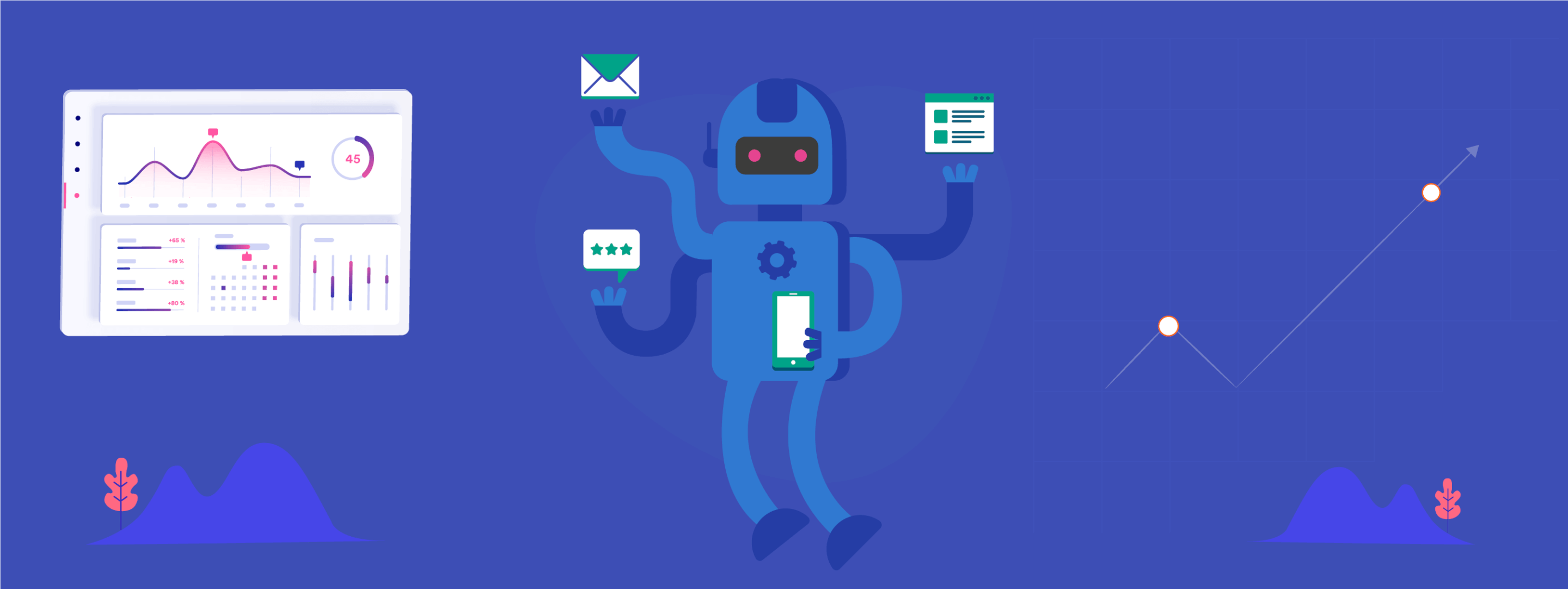
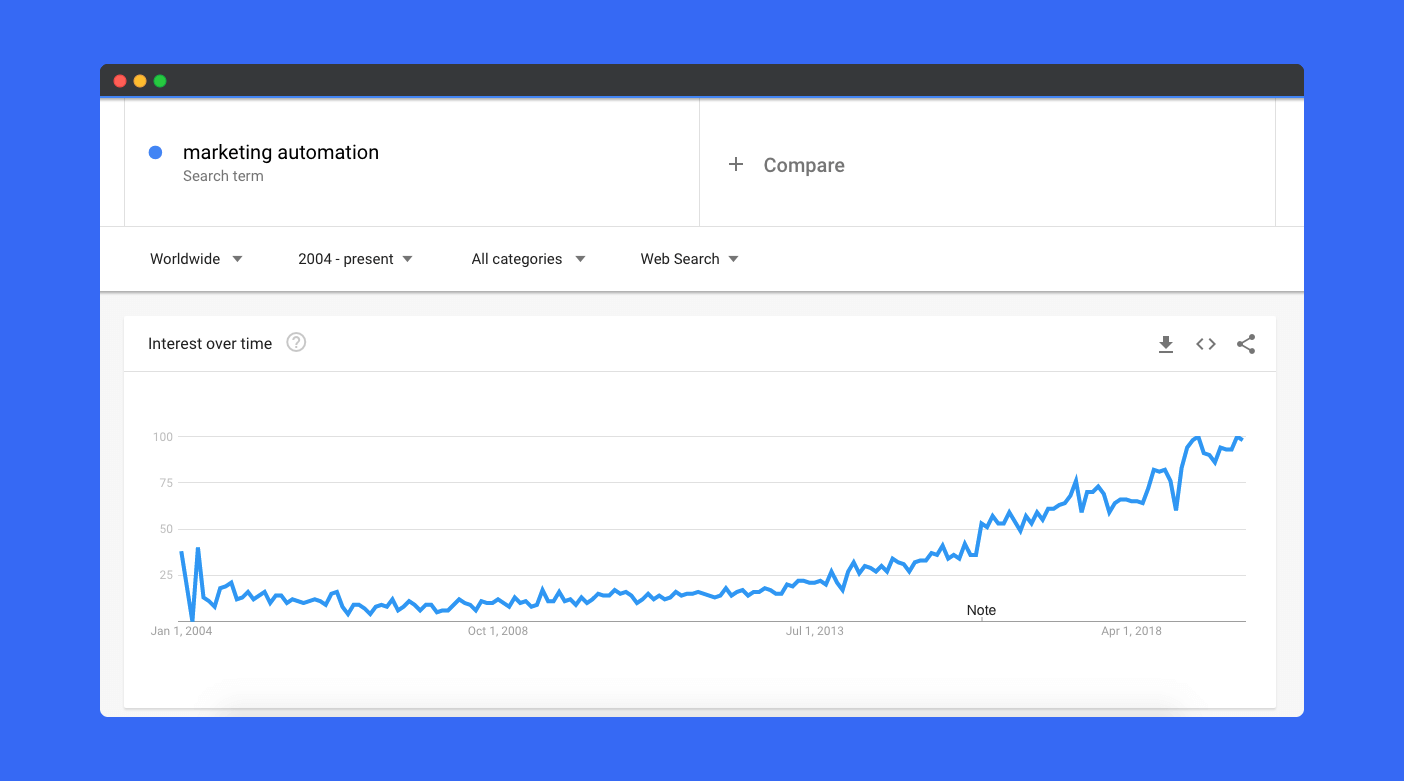






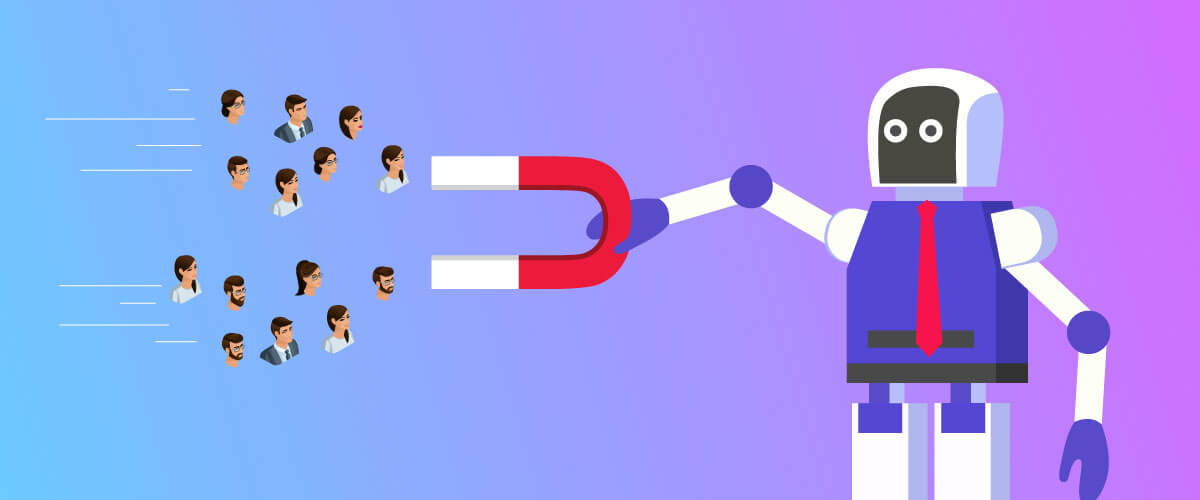

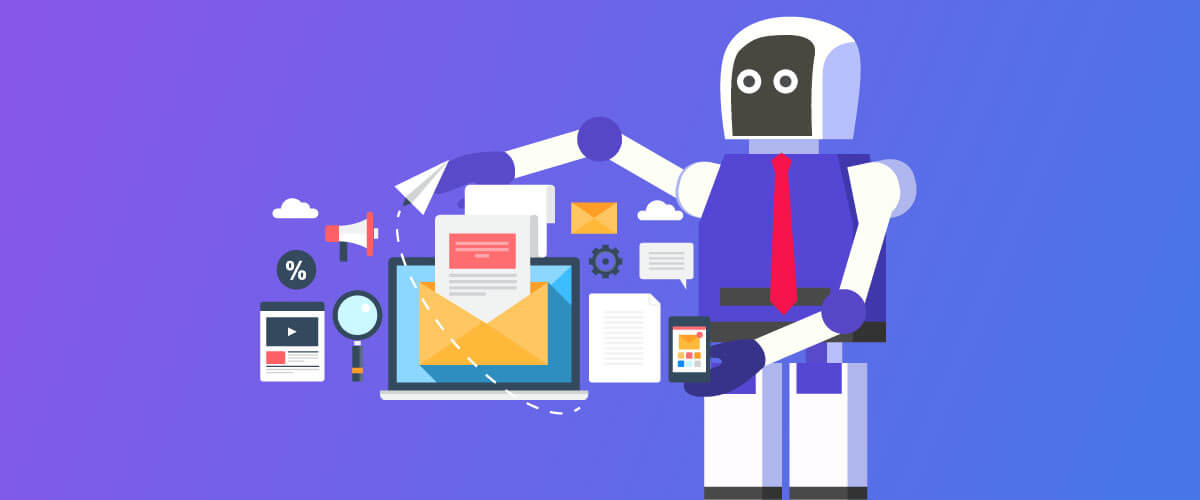


 Sharath Byloli
Sharath Byloli
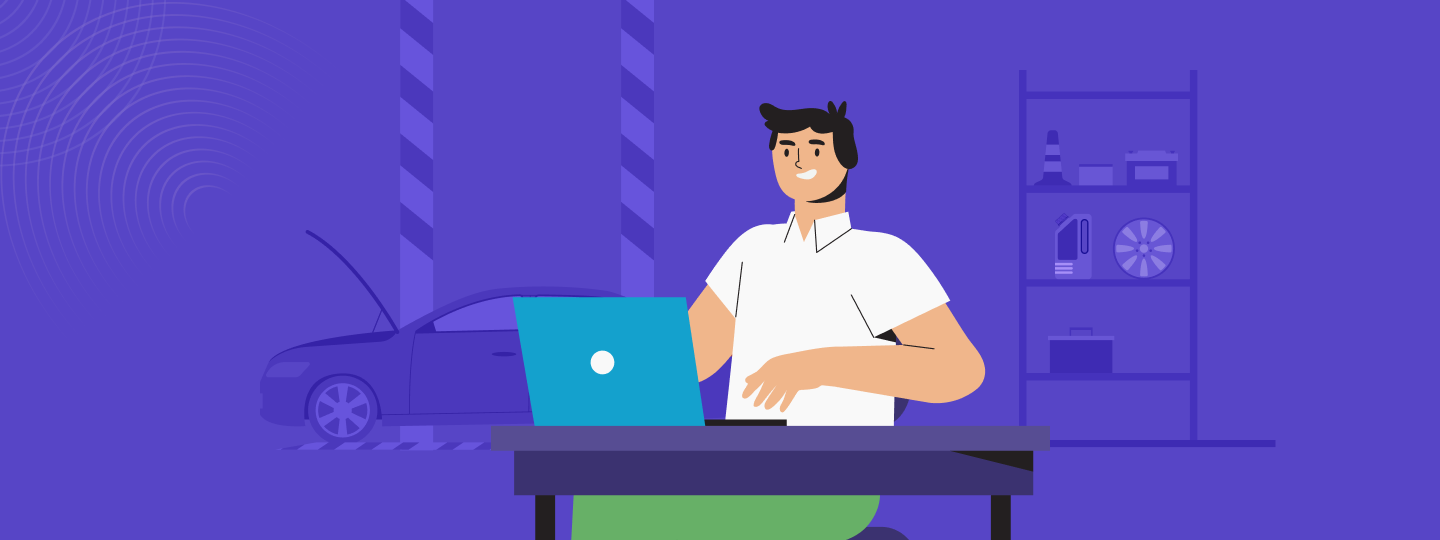
 Diksha Dwivedi
Diksha Dwivedi







